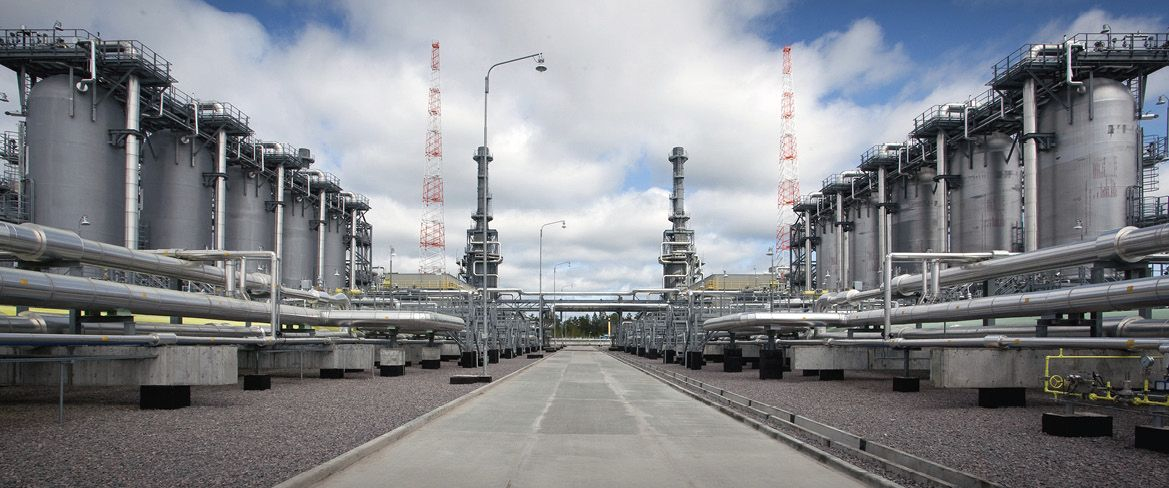It’s difficult for anyone to predict an exact end date for fossil fuels for two big reasons. The 20th century fossil fuel economy is still casting a long shadow, given all the companies, sectors, national revenues, jobs, and infrastructure built around it.

Image: Downing LLP
And we are at the mercy of geopolitics. Look at the profits recently announced by both listed and national oil companies, plus the world’s largest coal miner, Glencore. These were not achieved through efficient operation by managers, game-changing products by researchers, or effective strategic direction by boards, but simply by the impact of war on commodity prices and the related reopening of coal mines in Europe and Asia.
Indeed, on an engagement call about climate change with a French power utility in December, I was reminded of the low carbon superiority of nuclear versus the UK’s reversion to dirty coal for baseload power. Nuclear, however, has always experienced a love/hate country-level relationship in its role in ending fossil fuels, going back to the 20th century. High costs – which small, modular reactor technology may overcome – the risk of military crossover; safe waste management; and major accidents which have been occurring with some frequency since Britain’s own, with Windscale in 1957, have plagued the industry.
Stranded assets?
Given this position, at the start of 2023, will the vast remaining reserves of hydrocarbons across the planet, in places like China, Indonesia, Russia and India, really be left in the ground and become “unburnable” or stranded assets? Maybe.
One of the International Energy Agency’s (IEA) most recent outlook scenarios considers that fossil fuel generation will peak by the middle of this decade. Individual days when countries met all their consumption entirely from renewable power were first achieved, and reported, in 2019 and are now extending towards longer periods of time. Country-level targets for renewable power are continuing the upward trend which pre-dated the war in Ukraine. In mid-2021, the EU announced its Fit for 55 plan – a 55% reduction in greenhouse gas emissions (versus a 1990 baseline) by 2030, including an aim to have solar and wind power make up at least 40% of the power mix. The global stocktake of nationally determined contributions due at November's COP28 climate change summit, in Dubai, may meet the Paris Agreement’s original objective of naming and shaming countries not doing enough to reduce their emissions compared to their peers.
And of course the same war that has led to regression towards fossil fuels has simultaneously advanced energy security and green transition strategies in three noticeable ways. Firstly, through energy efficiency measures at home. Secondly, there has been further interest in renewable power and clean technology by policymakers – led by the US' Inflation Reduction Act and closely followed by subsides for green industry from Brussels as well – as well as by asset owners and managers. These moves include battery storage, as the technology advances, and other ways of overcoming the intermittency of solar and wind.
Thirdly, there is the gas supply. More liquefied natural gas facilities and contracts are being signed and there is wider usage of gas as a transition fuel or to ramp up when there are spikes in demand, through peaker power plants. Although still a fossil fuel, gas has a lower carbon content than coal, giving it the nickname “the cleanest dirtiest fuel.” The EU agreed when including the “operation of electricity generation facilities that produce electricity using fossil gaseous fuels” as a “sustainable” activity that mitigates climate change in its controversial investment taxonomy, subject to gas meeting certain criteria. The key questions are, how long will this transition last and what is too long? World Energy Outlook scenarios by the IEA provide some guidance but, again, we’re back to the difficulty of predicting an exact end date for all fossil fuels.
All this explains why key indicators of progress on decarbonization – such as the State of Climate Action 2022 report from Washington-based nonprofit the World Resources Institute, progress updates from public body the UK Committee on Climate Change, and the IEA's World Energy Outlook – show progress in some areas, and none in others. The same is true for corporates, with the 10 benchmark indicators of the Climate Action 100+ investor engagement initiative – ranging from targets and net zero to green capital expenditure and lobbying – of the world’s biggest emitters showing mixed progress.
And so, for the foreseeable future, fossil fuels and renewable power appear set to continue their co-existence.
About the author: Roger Lewis is an experienced ESG professional who provides expertise across £1.8 billion ($2.15 billion), London-based investor Downing LLP. His areas of focus are designing and implementing strategy and governance, integrating ESG to investment and engagement activity, driving advocacy through involvement with industry associations, and defining solutions to meet future liabilities.
The views and opinions expressed in this article are the author’s own, and do not necessarily reflect those held by pv magazine.
This content is protected by copyright and may not be reused. If you want to cooperate with us and would like to reuse some of our content, please contact: editors@pv-magazine.com.



By submitting this form you agree to pv magazine using your data for the purposes of publishing your comment.
Your personal data will only be disclosed or otherwise transmitted to third parties for the purposes of spam filtering or if this is necessary for technical maintenance of the website. Any other transfer to third parties will not take place unless this is justified on the basis of applicable data protection regulations or if pv magazine is legally obliged to do so.
You may revoke this consent at any time with effect for the future, in which case your personal data will be deleted immediately. Otherwise, your data will be deleted if pv magazine has processed your request or the purpose of data storage is fulfilled.
Further information on data privacy can be found in our Data Protection Policy.